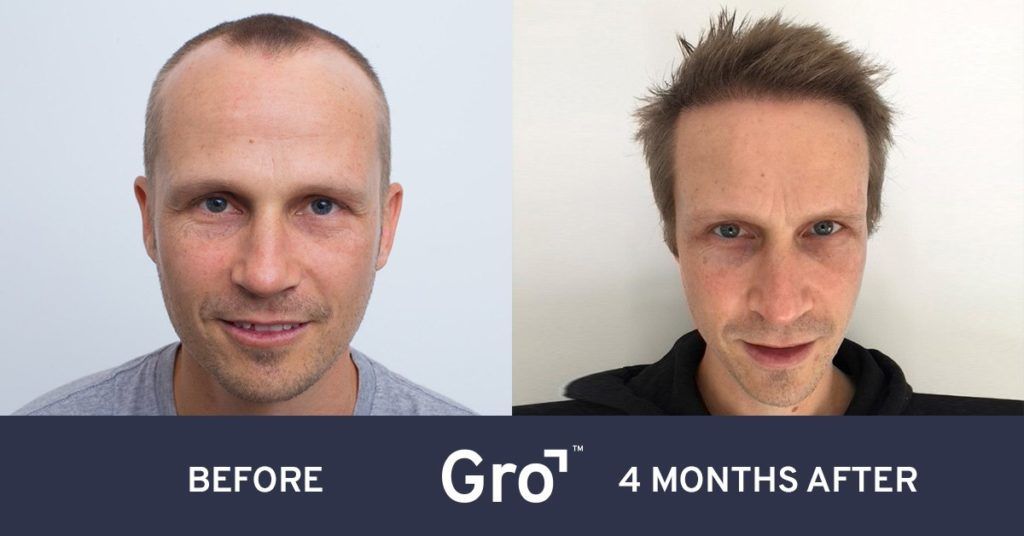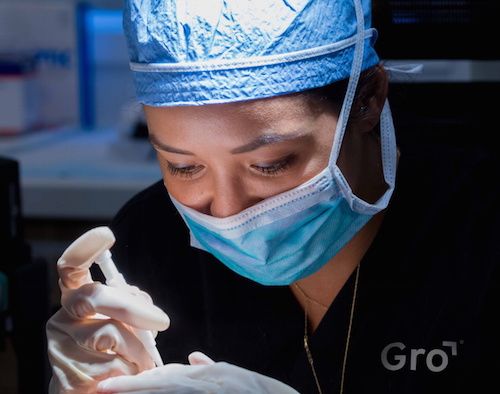If you are guilty of “sticking your head in the sand” when it comes to hair loss, you’re not alone. Many people hope for the best, wishing for the loss to be temporary. The Aussie way of, “She’ll be right mate” can come back to haunt you if one day you look at your balding reflection in the mirror and worry if you’ve left it too late.
Putting off hair loss treatment means that when the day comes to face reality (that you may be going bald) and take action, you will have less hair to work with. For those who take action early, never going bald is an achievable goal. We discuss the impact of procrastination when it comes to treating hair loss and explain the options for hair loss prevention and treatment.
If you suffer from hair loss it is often hard to know what action is the best for you to take, answer these 3 questions to discover the best treatment option for you.

Pitfalls of Procrastination
Hair loss is most commonly caused by genetic factors, meaning that the condition will continue as you age. There are temporary triggers for hair falling such as excessive stress, poor diet, smoking and other health-related causes. Only a medical diagnosis from a hair restoration specialist will give you the information you need to understand the cause of your loss and what treatment options are available to your particular condition.
If you take a “wait and see” approach, you may suffer the following outcomes:
- Irreversible baldness
- Limited treatment options once you do decide to take action.
- Spending a fortune on products and medications that don’t give you the results you are looking for as they are not suited to your specific hair requirements.
- Miss the option for preventative hair loss measures.
- If a transplant is required, more donor hair will be needed. You have a limited number of donor hairs available.
If you can save your hair from falling, you may be able to avoid or prolong the need for a hair transplant in the future.
Hair Loss Prevention
For patients suffering from alopecia, an innovative preventative treatment called PRP Therapy could be recommended to prolong and stimulate hair growth. This treatment involves taking a small amount of your blood, spinning it to isolate the growth factors and then injecting the serum into the scalp where it is needed. Gro PRP is ideal for male and female patients, despite the progress of their hair loss.
Micro-FUE Technique
Anyone with alopecia or anyone who is unhappy with their hairline or for situations where the loss of hair is impacting a person’s confidence, a hair transplant may be considered. The results achieved by a hairline lowering procedure can be astounding, as you can see below.
The Micro-FUE or Micro-transplant technique is the only hair transplant method that guarantees natural results. It is the most delicate and minimally invasive method, assisting to reduce recovery and downtime. All procedures are performed by a highly-skilled Gro Doctor.


Take Action
Procrastinating when it comes to addressing your hair loss may limit your treatment options in the future. Receiving a correct diagnosis for your hair loss from a hair restoration professional and discussing preventative options, gives you choice and the confidence of taking control of your hair loss.
Gro are the hair restoration specialists. You can contact a hair restoration specialist in any of our Gro clinics.
For more information, you can visit a Gro clinic in Sydney, Brisbane or Melbourne, or Gold Coast or call 1300 787 563.
To book an appointment for your diagnosis, simply click on one of the buttons below to book a consultation online now or ask a question. Alternatively, you can call Gro on 1300 787 563.
Related articles from the hair restoration specialists:












